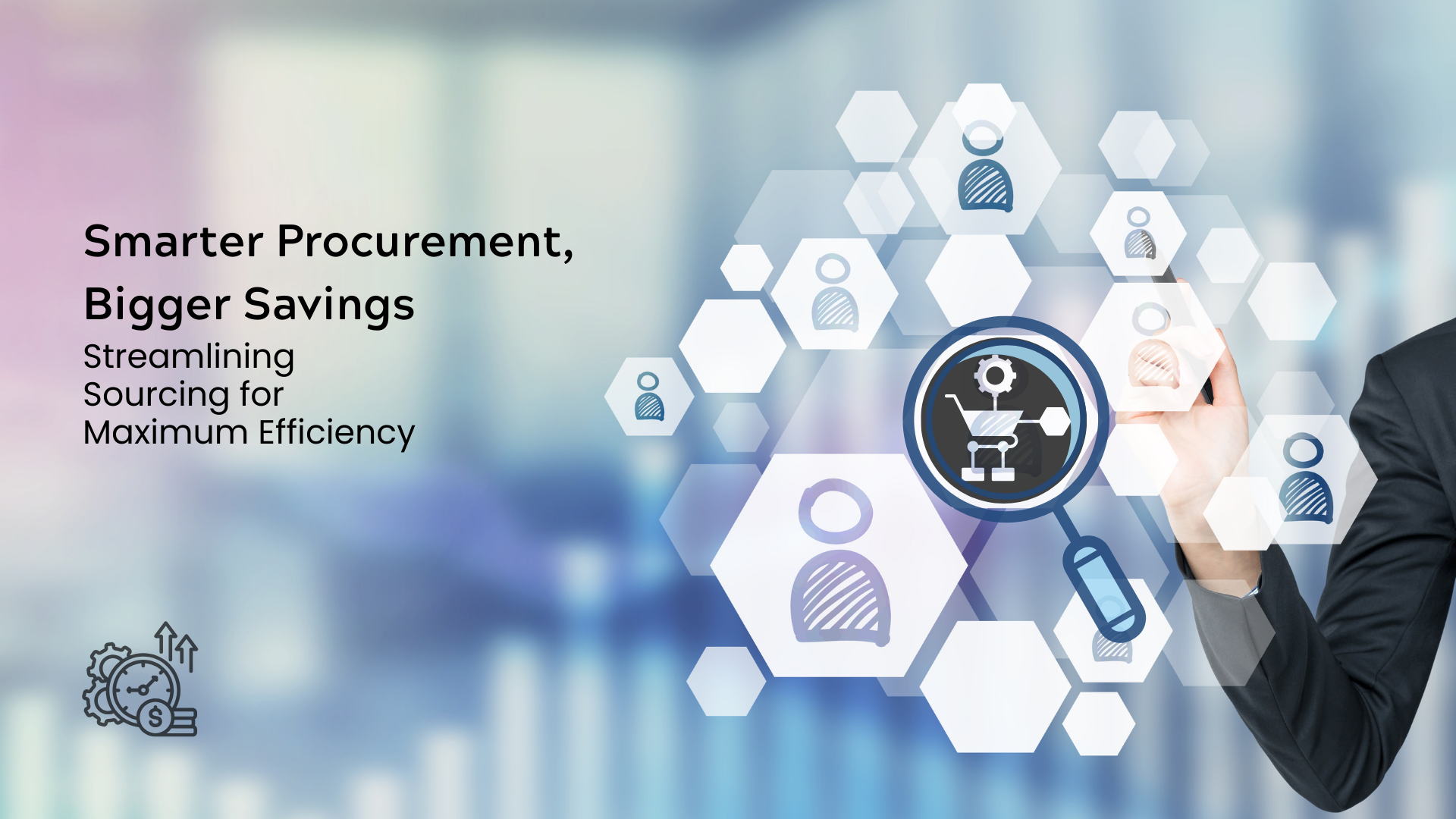What It Is
Streamlining procurement processes is the strategic approach of optimizing every stage of sourcing, purchasing, and supplier management to reduce costs, enhance operational efficiency, and strengthen supplier partnerships. Unlike traditional procurement that relies on manual approvals, scattered vendor data, and inconsistent purchasing practices, streamlined procurement leverages technology, process automation, and data-driven analytics to make the entire purchasing lifecycle seamless and transparent.
This modern approach integrates centralized purchasing platforms, AI-driven spend analysis, automated approvals, and vendor management systems. By doing so, organizations ensure that all purchases are tracked, budgets are adhered to, and suppliers consistently deliver value. This transformation eliminates redundant processes, minimizes errors, and allows for strategic decision-making that maximizes cost savings and operational effectiveness. Streamlined procurement also creates a foundation for scalability, enabling companies to manage growth without additional overhead.
Why It Matters
Procurement inefficiencies often represent a significant hidden cost in business operations. Companies encounter challenges such as:
- Overpayment for Goods and Services – Without systematic sourcing and pricing comparisons, organizations risk overspending.
- Duplicate or Unnecessary Purchases – Lack of visibility into current inventory or pending orders leads to waste and increased storage costs.
- Complex Supplier Management – Multiple vendors, inconsistent contracts, and fragmented communication increase administrative burdens and costs.
- Operational Delays – Manual approvals and lengthy workflows slow down procurement cycles, delaying project timelines and impacting delivery.
Optimizing procurement addresses these issues by:
- Reducing costs through better vendor negotiations and spend oversight.
- Improving efficiency via automated and standardized workflows.
- Enhancing supplier collaboration and accountability.
- Ensuring timely delivery and consistent product or service quality, which directly supports business continuity and customer satisfaction.
How to Implement
Implementing streamlined procurement requires a strategic, structured approach:
- Centralize Procurement Data – Consolidate all vendor information, purchase orders, and contracts into a single platform. Centralization ensures informed decisions, reduces duplication, and improves compliance.
- Leverage Automation – Implement automated workflows for purchase requests, approvals, invoice processing, and compliance checks. Automation reduces errors, accelerates processing, and frees staff for strategic activities.
- Utilize Analytics and AI – Apply data analytics and AI to identify spending patterns, optimize supplier selection, forecast demand accurately, and detect cost-saving opportunities.
- Redesign Procurement Workflows – Simplify and standardize approval processes, remove redundant steps, and establish clear policies to ensure consistency and efficiency.
- Strengthen Supplier Relationships – Maintain proactive communication, negotiate favorable terms, and set clear performance expectations. Strong supplier partnerships enhance reliability and cost-effectiveness.
- Continuous Monitoring and Improvement – Track procurement KPIs such as cost savings, order cycle times, supplier performance, and compliance rates. Regular monitoring enables ongoing process refinement and ensures sustained savings.
Benefits
Optimized procurement processes deliver measurable financial and operational benefits:
- Reduced Procurement Costs – Centralized data and AI-driven insights lead to smarter sourcing and better contract management.
- Improved Operational Efficiency – Automated workflows reduce delays, minimize errors, and accelerate procurement cycles.
- Enhanced Supplier Performance – Clear metrics and stronger relationships ensure timely deliveries and consistent quality.
- Actionable Insights – Data analytics provide intelligence to guide budgeting, demand forecasting, and strategic procurement decisions.
- Greater Agility – Efficient procurement allows organizations to adapt quickly to market shifts, project demands, and growth opportunities.
Real-World Scenarios
- Scenario 1: Manufacturing Company – Implementing AI-powered spend analysis allowed a manufacturing firm to reduce annual procurement costs by 15%, eliminate duplicate orders, and ensure supplier compliance.
- Scenario 2: IT Services Organization – Automated purchase approvals and vendor communications shortened procurement cycles by 40%, resulting in faster project delivery and lower administrative costs.
- Scenario 3: Retail Chain – Centralized vendor management and analytics enabled smarter sourcing decisions, improved contract negotiations, and consistent product availability, enhancing both cost efficiency and customer satisfaction.
How Cataligent Can Help
Cataligent’s procurement optimization solutions enable organizations to transform procurement into a strategic lever for cost reduction and operational excellence. Cataligent:
- Implements centralized procurement platforms for complete visibility and streamlined operations.
- Deploys automation solutions for approvals, order processing, and invoice management.
- Leverages analytics and AI to uncover cost-saving opportunities, optimize sourcing, and forecast demand.
- Strengthens supplier management through performance tracking, strategic engagement, and continuous improvement.
With Cataligent, procurement becomes efficient, strategic, and cost-effective, driving sustainable savings, operational agility, and long-term business growth.

